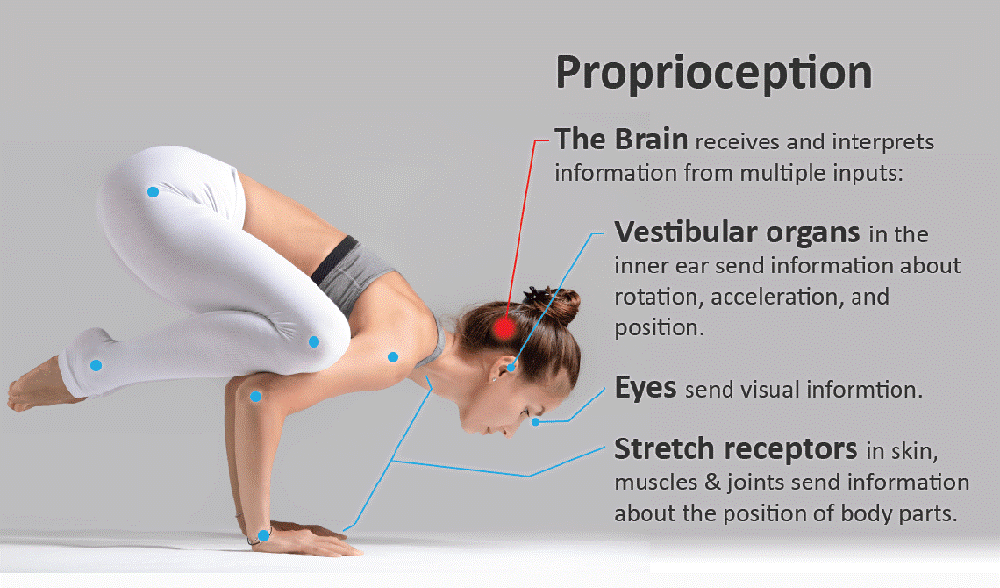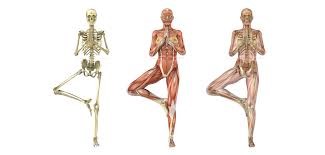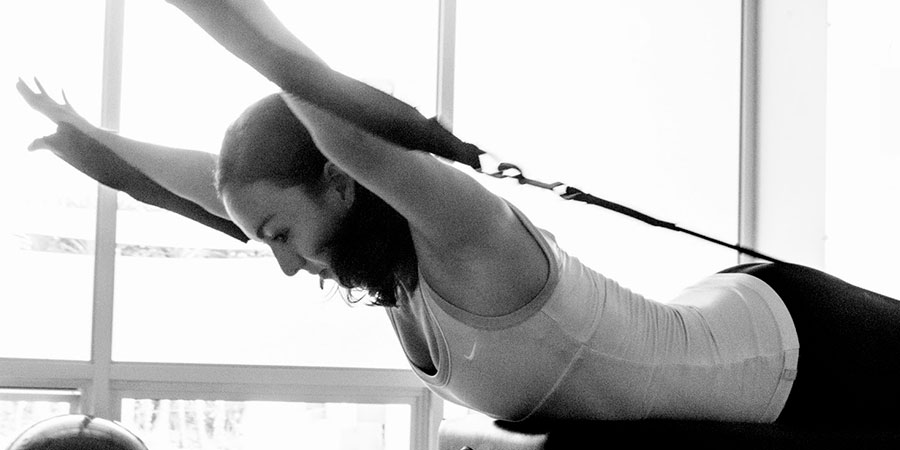The word proprioception derives from its roots “own-”, which means of oneself; and “-ception”, which means consciousness. That is to say, the awareness of one’s own: the awareness of one’s own body posture with the environment that surrounds us. Proprioception is the ability that we have through our musculoskeletal system to know what position we are in, without using sight. Thus, in an autonomous way, we are able to adapt to the irregularities of the terrain and misalignments of the environment that surrounds us and we manage to maintain joint stability under dynamic conditions.
Although we are not aware of it, the components of our joints (muscles, tendons and ligaments) along with vision and balance constantly send information to the brain about its position with respect to our environment, forming an image or pattern of the location and status of each. This information is what allows our brain to manufacture the responses, resulting in precise movements. All this information is proprioception, and we consider it one more sense of our body.

And why is proprioception important?
Ligaments play a very important role in the joint. On one hand, they offer resistance to abnormal movement (they are like cords that prevent the bones from separating more than they should) and also, they provide neurological feedback, that is, they inform us about the position of the joint and produce a response that protects us from excessive tension, thus avoiding possible injury.
After a joint injury, these mechanisms are left disorganized, so we lose the reflex stabilization of the joint and this contributes to the injury reproducing. For example: when we get a sprained ankle, the ligaments, capsule, tendons, etc. are left distended. This injury will cause the sensory signal to reach our brain altered, therefore, an inadequate motor response will be sent; so it will be easier to have a sprain again in the future. With proprioceptive work we can re-educate these structures in order to favor automatic and reflex responses.

What if our proprioception is affected or we don’t train it?
Without proprioception, we cannot move. Let’s put it this way: if you get lost in your city, you immediately seek to locate yourself in order to move. The same way happens in our body: if you do not know in what position you have the elbow, you will not know how to move it either. Neither could you adapt to changes in your environment or know how to take care of them without proprioception: if your brain does not have information about the environment, it will not be able to generate the appropriate responses and therefore you could get injured if a sudden change is generated in you against the environment in which you operate.
Imagine what would become of us without proprioception? A tennis player could not perform a serve correctly, it would be difficult to put a key through a bolt and even bring a spoonful of food to the mouth. Working on proprioception it’s vital for your daily activities.
To work on proprioception, we must provoke external stimuli that favor reflex muscle reactions, increasing the difficulty progressively.
Proprioception and Pilates.
The Pilates method contributes significantly to the training of the proprioceptive system through knowledge and connection with the body itself through work and concentration. Through exercises designed to integrate work on postural stability, balance with or without the help of unstable elements such as the Fitball or large ball, improves coordination, thus optimizing the activities of our daily life, improving the technical gestures of our preferred sport and preventing injuries.








